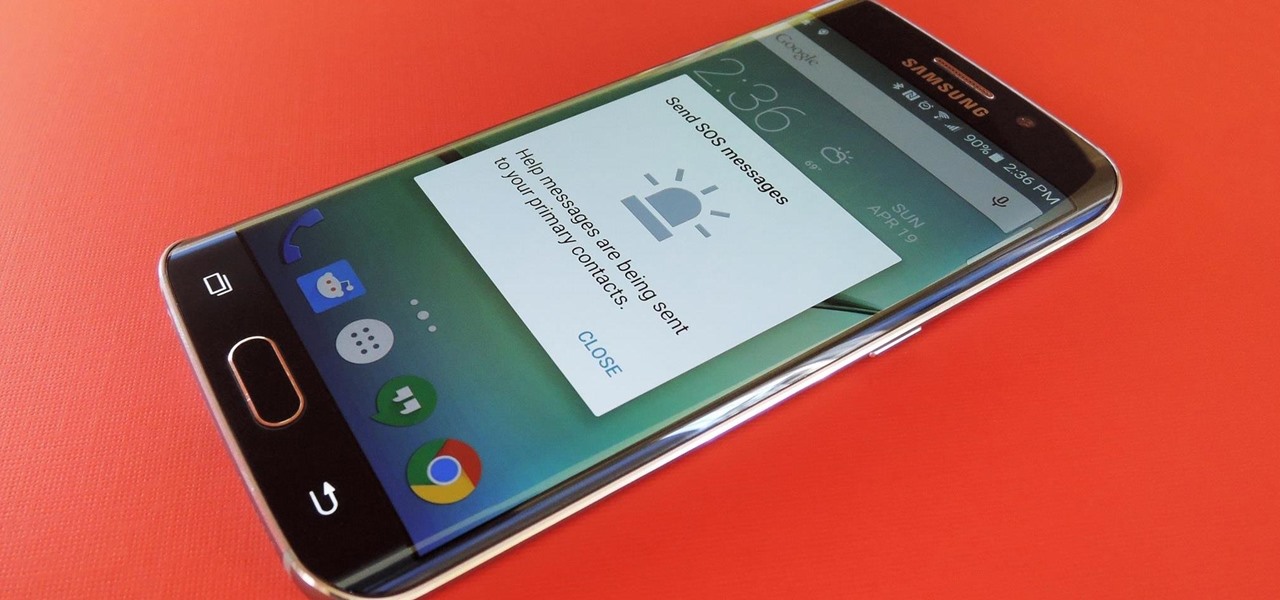
Understanding SOS Mode
SOS mode on Android phones is a feature designed to quickly alert emergency services in critical situations. Typically activated by pressing a combination of buttons, such as the power and volume buttons, this action triggers an emergency call and may send location information and audio recordings to designated emergency contacts. The exact method of activation can vary depending on the device model and Android version.
Common Issues with SOS Mode
-
SOS Mode Not Working
- Triggering Issue: Some users report that their SOS feature is not working as expected. This could be due to incorrect settings or software glitches.
- Solution: Check the SOS settings in your phone's main settings. Ensure that the feature is enabled and properly configured. If using a Samsung device, you might need to go to the SOS settings, scroll down to emergency share, and start emergency sharing.
-
Stuck in SOS Mode
- Network Issues: Your phone might get stuck in SOS mode due to network problems, such as incorrect network settings or a server-side outage at your local carrier.
- Solution: Check your network settings. Ensure Airplane mode is off, and reset your network settings if necessary. This can resolve many connectivity issues.
-
Pocket Dialing
- Accidental Activation: Some users experience pocket dialing, where their phone makes emergency calls without their intention.
- Solution: Disable the tap-to-wake feature or remove the emergency call option from the lock screen. For Samsung devices, enabling the "Accidental touch option" can help mitigate this issue.
-
SIM Card Issues
- Corrupt SIM Card: A corrupt or damaged SIM card can cause SOS mode to malfunction.
- Solution: Reinsert the SIM card and inspect it for any damage or dirt. If the SIM card is damaged, contact your carrier for a replacement.
Detailed Troubleshooting Steps
Check Network Settings
-
Airplane Mode:
- Sometimes, your phone might be in airplane mode, which disables all network connections. Make sure airplane mode is turned off.
- This setting is usually found in the quick settings menu or the main settings app.
-
Reset Network Settings:
- Resetting your network settings can resolve many connectivity issues. This process will reset Wi-Fi, mobile data, and Bluetooth settings.
- On an iPhone, go to Settings > General > Reset > Reset Network Settings.
- For Android, the steps might vary slightly but are generally found under System or Connection settings.
Restart Your Phone
-
Soft Reset:
- Perform a soft reset by simply turning off your phone and then turning it back on. This can refresh the system and clear temporary issues.
-
Hard Reset:
- If a soft reset doesn't work, a hard reset might be necessary. This involves forcefully restarting the device.
- On an iPhone, press and hold the power and volume down buttons until the Apple logo appears.
- For Android phones, the combination might differ, so check your specific model's instructions.
Check SIM Card
-
Reinsert SIM Card:
- Remove the SIM card and inspect it for any damage or dirt. Reinsert it properly, ensuring it is seated correctly in the tray.
-
Check for Damage:
- If the SIM card is damaged, it might need to be replaced. Look for any visible signs of wear and tear, and if necessary, contact your carrier for a replacement.
Clear SIM Card Manager Cache
-
Launch Settings:
- Launch the Settings app on your Android phone.
-
Apps:
- Scroll to Apps and tap See all apps.
-
System Apps:
- Tap the three-dot menu in the upper-right corner and open system apps.
-
SIM Manager:
- Scroll to SIM manager and select Storage and cache.
-
Clear Cache:
- Tap Clear cache to clear the SIM card manager cache.
Update Your Android Phone
-
Connect to Wi-Fi:
- Connect your Android phone to a fast Wi-Fi network.
-
System Update:
- Launch Settings and scroll to System.
- Tap System Update and install the newest Android version.
Factory Reset
-
Backup Data:
- Before performing a factory reset, back up everything you do not wish to lose.
-
Perform Factory Reset:
- Follow the guide carefully to perform a factory reset. This will erase all data on your phone and restore it to its original settings.
Additional Tips
Manually Select Your Network Provider
-
Launch Settings:
- Launch the Settings app on your Android phone.
-
Network and Internet:
- Open Network and internet.
-
Internet:
- Select Internet.
-
Manual Selection:
- Tap on the network provider you want to manually select.
Corrupt ESN or IMEI
-
Contact Carrier:
- Contact your carrier to check if your ESN or IMEI number is blocked due to non-payment or theft.
-
Update Account:
- Update your account information to unlock the SIM card.
